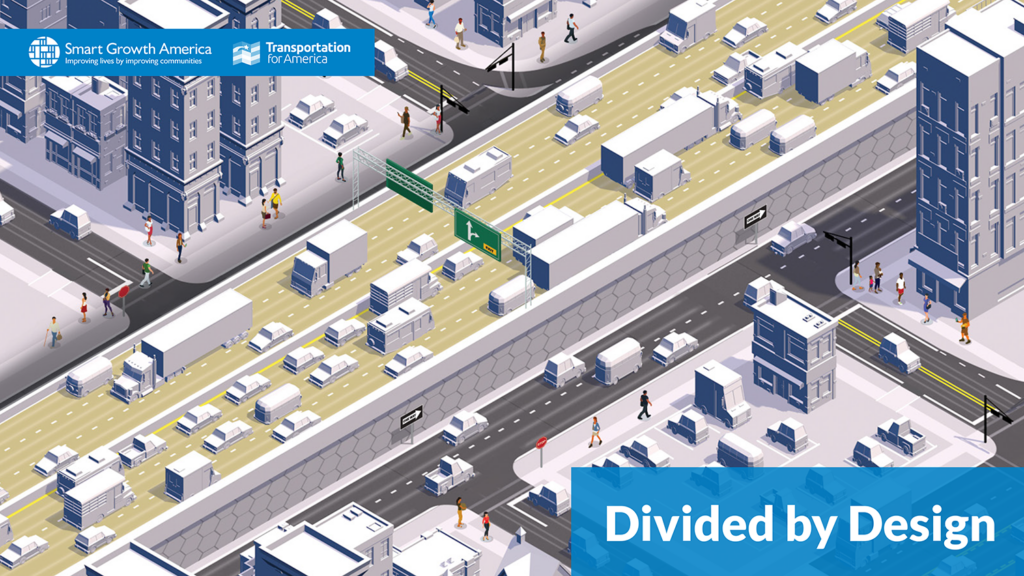
Young people leading the downward trend in driving, report finds
A fascinating new report from U.S. PIRG, “Transportation and the New Generation: Why Young People Are Driving Less and What It Means for Transportation Policy” examines a phenomenon many thought we’d never see: A drop in miles driven by those traditionally most eager to drive, young people recently eligible to drive. From the report:
From World War II until just a few years ago, the number of miles driven annually on America’s roads steadily increased. Then, at the turn of the century, something changed: Americans began driving less. By 2011, the average American was driving 6 percent fewer miles per year than in 2004.
The trend away from driving has been led by young people. From 2001 and 2009, the average annual number of vehicle-miles traveled by young people (16 to 34-year-olds) decreased from 10,300 miles to 7,900 miles per capita – a drop of 23 percent. … Young people are driving less for a host of reasons – higher gas prices, new licensing laws, improvements in technology that support alternative transportation, and changes in Generation Y’s values and preferences – all factors that are likely to have an impact for years to come.
The report closes with a discussion of some of the implications for transportation policy — and funding — if the trends toward less driving-intensive lifestyles stays with this young cohort and those that follow.
Such a shift in future transportation trends would shake the foundations of transportation policy-making. For example, to meet the demand for alternative transportation, federal, state and local governments would need to prioritize investment in public transportation, bike lanes, sidewalks and other transportation alternatives. To meet the demand for walkable neighborhoods in close proximity to transit, government officials would need to ensure that land-use and transportation policies were aligned to support the development of these communities. To compensate for the declines in gas-tax revenues, decision-makers would need to find alternative sources of funding for road and bridge maintenance or boost the gasoline tax to levels that may further discourage driving.



